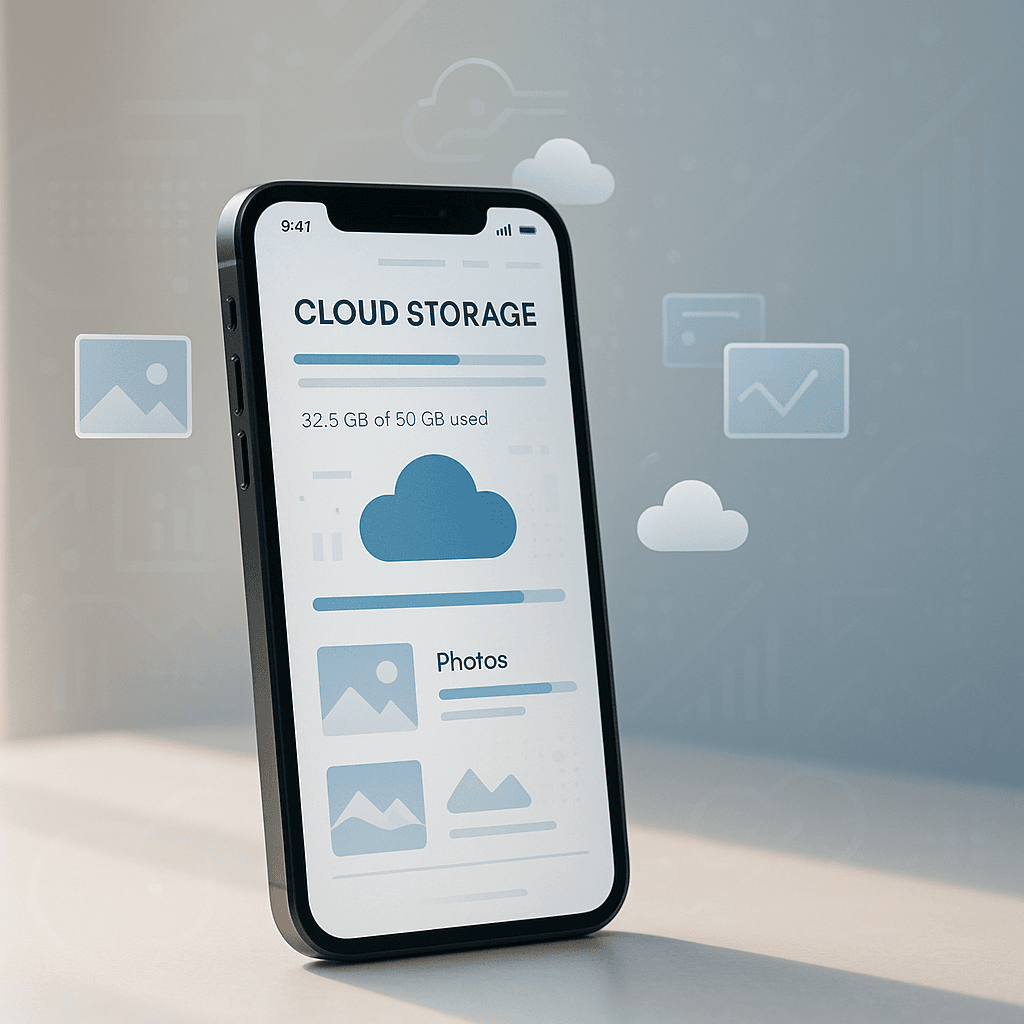Snapchat just ended an era. After nearly a decade of unlimited free storage for Memories, the platform is capping free access at 5GB and launching paid storage plans. The move affects millions of users who've treated the feature as their personal digital vault, with over 1 trillion Memories now stored on the platform.
Snapchat is pulling the plug on unlimited free storage for Memories, marking a significant shift in how the platform handles user-generated content. The company announced today that free access to its digital time capsule feature will be capped at 5GB, with users needing to subscribe to new Memories Storage plans if they exceed the limit.
The pricing structure reveals Snapchat's attempt to create a tiered monetization model around storage needs. The introductory plan offers 100GB for $1.99 monthly, according to details Snapchat shared with TechCrunch. Existing Snapchat+ subscribers ($3.99/month) get 250GB as part of their package, while Snapchat Platinum users receive a massive 5TB for $15.99 monthly.
The numbers behind this decision are staggering. Users have saved more than 1 trillion Memories since the feature launched, creating what amounts to one of the largest personal media archives in social media history. That scale comes with serious infrastructure costs that Snapchat can no longer absorb entirely through advertising revenue.
"It's never easy to transition from receiving a service for free to paying for it, but we hope the value we provide with Memories is worth the cost," Snapchat explained in its announcement. The company frames this as necessary investment to "continue to invest in making Memories better for our entire community."
But there's a grace period built in. Users exceeding the 5GB limit get 12 months of temporary storage before facing tough choices. They can download their Memories directly to devices, upgrade to a paid plan, or watch their newest content get automatically deleted while older Snaps remain safe.
Snapchat insists most users won't feel the pinch. The company says the "vast majority" of users stay under 5GB, with the new limits primarily affecting those with "thousands of Snaps." That suggests Snapchat's data shows a classic power user distribution - most people use storage lightly, while a smaller segment consumes resources heavily.
This move reflects broader economic pressures hitting social platforms as they mature beyond their growth phases. Meta has similarly been exploring subscription models, while introduced paid verification. The era of completely free social media services is slowly ending as companies face investor pressure to demonstrate sustainable revenue streams beyond advertising.









